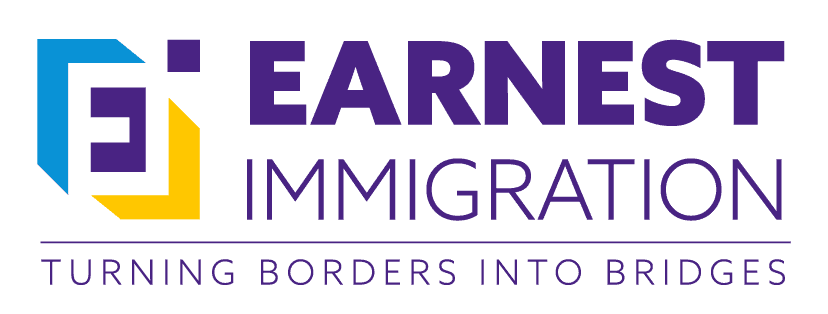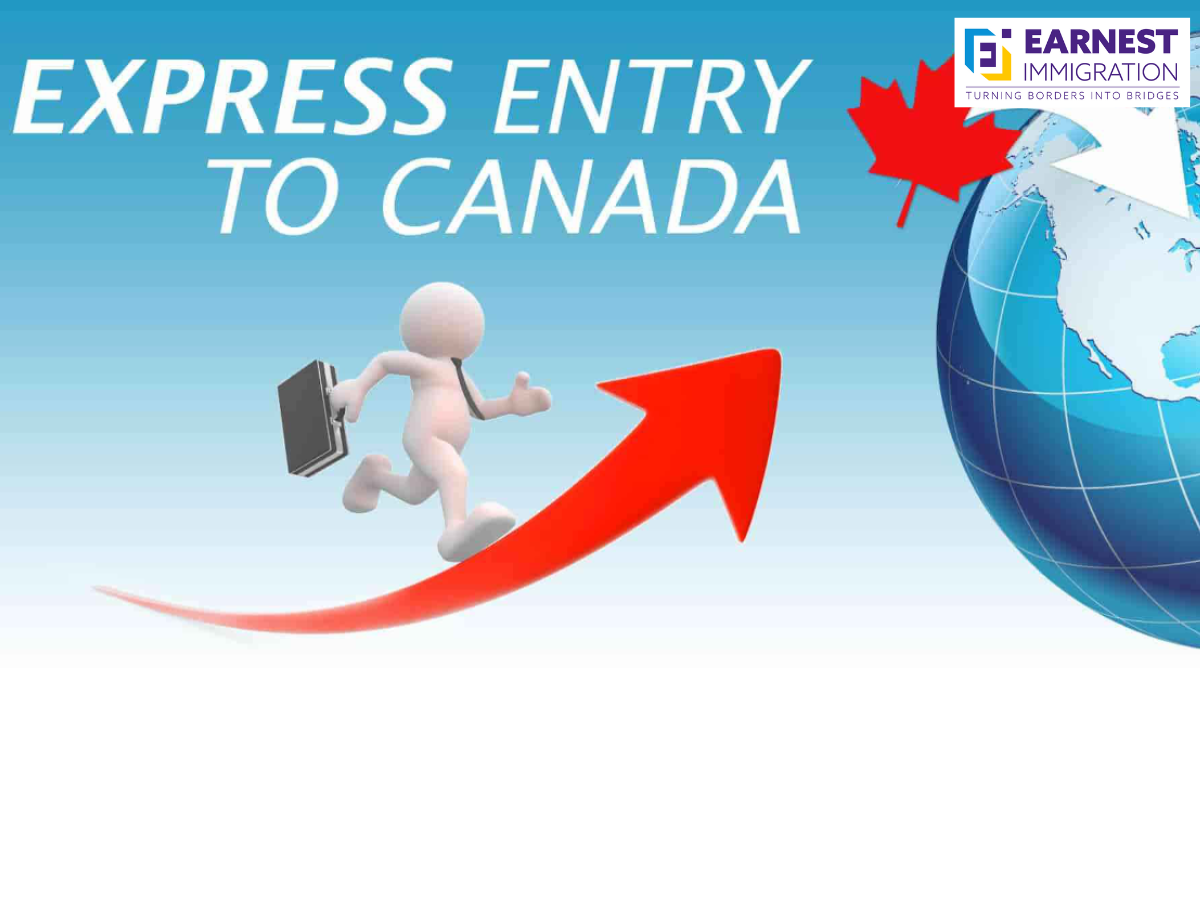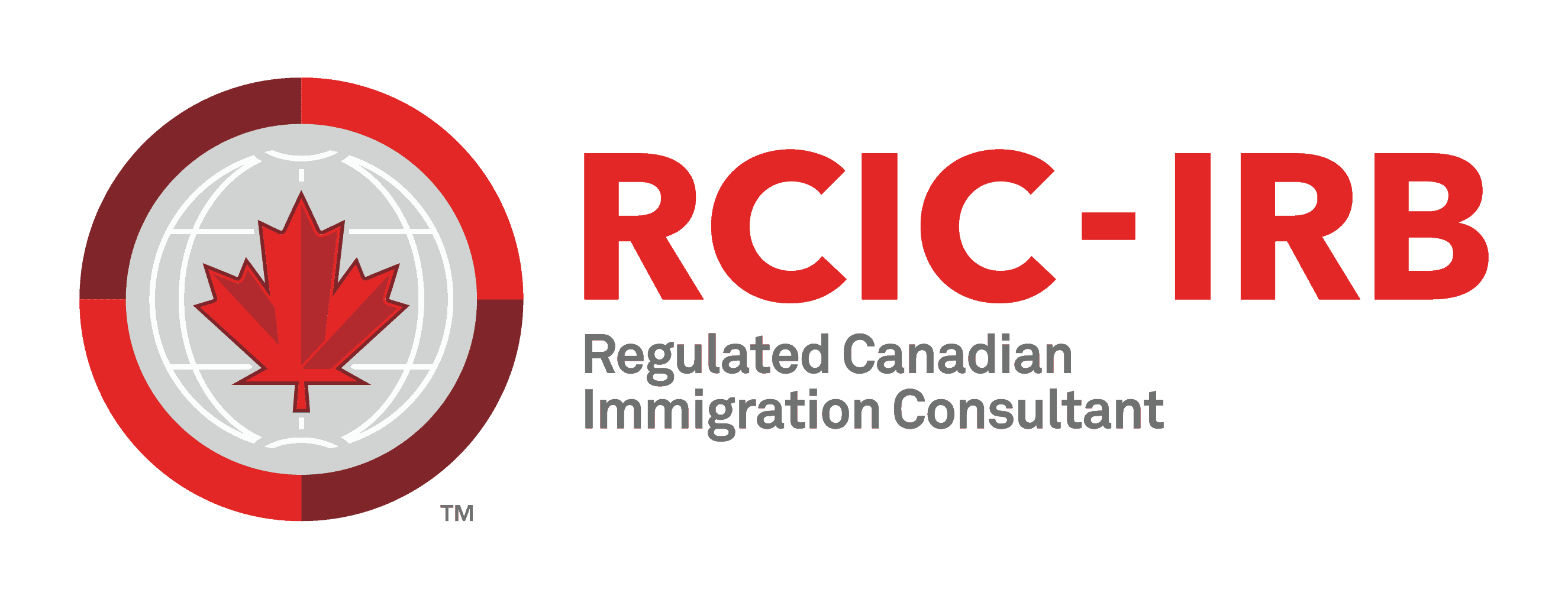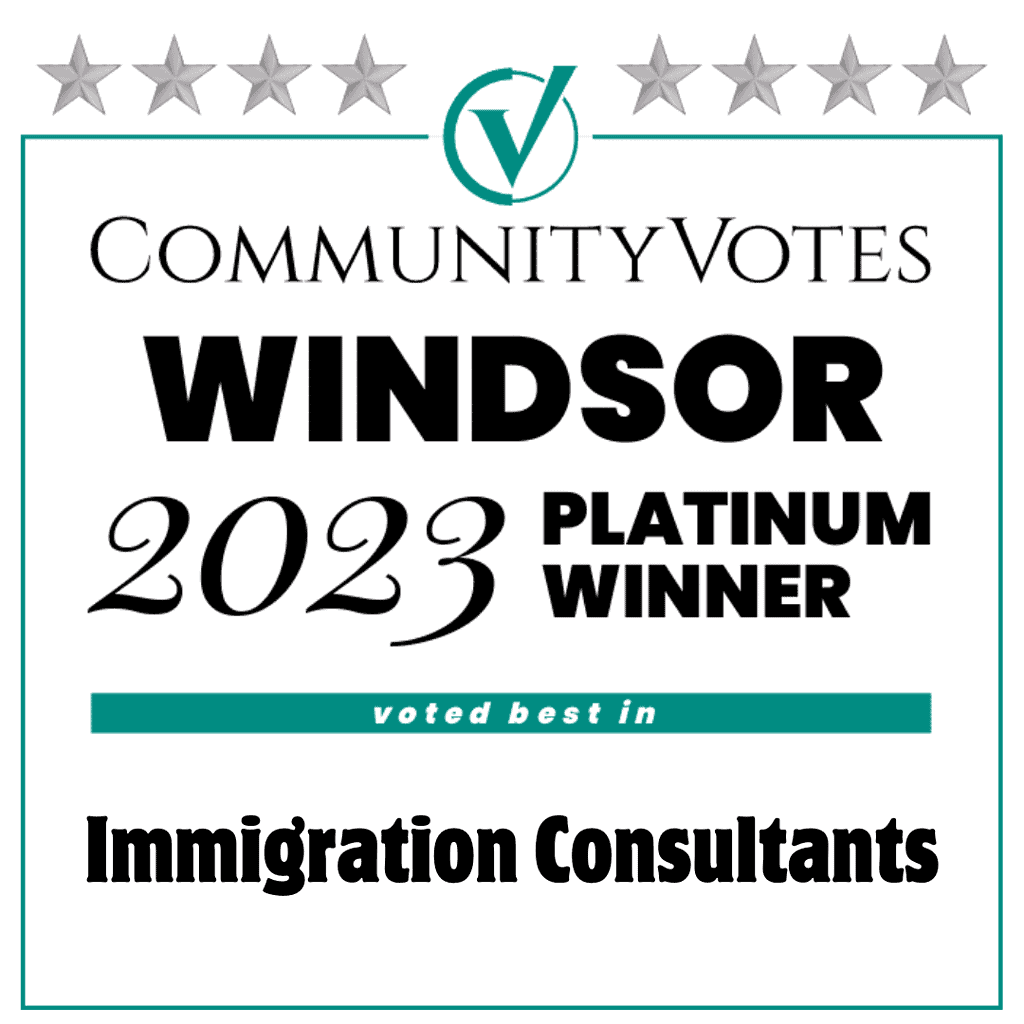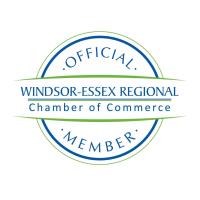Navigating the Express Entry System can feel overwhelming, but breaking it down into manageable steps makes the process much smoother. You’ll need to start by confirming that you meet the eligibility criteria, which includes work experience and language skills. Once that’s sorted, creating your Express Entry profile is your next move. As you monitor your Comprehensive Ranking System score, it’s essential to understand how it impacts your chances of receiving an Invitation to Apply. What comes next could be the crucial turning point in your journey to permanent residency.
Table of Contents
ToggleUnderstanding Eligibility Criteria
To kick off your journey through the Express Entry system, it’s crucial to grasp the eligibility criteria that determine your chances of success. You will need to evaluate whether you meet the requirements for one of the three main immigration programs: the Federal Skilled Worker Program, the Federal Skilled Trades Program, or the Canadian Experience Class. Each program has specific criteria, so it’s important to understand them. Utilizing eligibility tools, such as the Comprehensive Ranking System (CRS) calculator, can help you navigate and assess your profile more effectively.
First, check your work experience. You should have at least one year of skilled work experience in a relevant occupation.
Next, consider your language skills. You’ll need to take a language test in either English or French and meet the minimum scores for your chosen program.
Education is another key factor; you’ll need to have a completed post-secondary degree, diploma, or certificate, and you might have to get an Educational Credential Assessment (ECA) if your education was completed outside Canada.
Lastly, age can impact your overall score, with applicants between 20 and 29 years old typically earning the highest points.
Creating Your Express Entry Profile
Once you’ve confirmed your eligibility, you’ll want to start creating your Express Entry profile, which serves as your gateway to immigration opportunities in Canada.
To begin, visit the official Government of Canada website and access the Express Entry section. You’ll need to provide personal information, including your name, date of birth, and contact details.
Next, you must detail your education history, work experience, and language skills. Ensure you have your educational credential assessment (ECA) results ready, as this validates your foreign education.
If you’ve taken a language test, input your scores accurately, since these will impact your profile. You’ll also need to answer questions about your job offers, if any, and your adaptability factors, such as whether you have relatives in Canada.
It’s vital to double-check all the information for accuracy, as any errors could impact your eligibility.
After you fill everything out, submit your profile and await an Invitation to Apply (ITA).
Remember, your profile is valid for one year, so keep it updated if your circumstances change.
Good luck on your journey to Canada!
Comprehensive Ranking System Explained
The Comprehensive Ranking System (CRS) is crucial for determining your ranking within the Express Entry pool. It assigns a score based on various factors, including your age, education, work experience, and language proficiency. Understanding how these elements contribute to your CRS score can significantly impact your chances of receiving an Invitation to Apply (ITA).
First, age plays a vital role. If you’re between 20 and 29, you’ll receive the maximum points. As you age, your score decreases.
Education also matters; higher degrees earn you more points. Ensure you get your educational credentials assessed by an approved organization, as this can boost your score.
Work experience can add significant points too. Canadian work experience offers more points than foreign experience, so consider gaining experience in Canada if possible.
Language proficiency is another critical factor. Scoring well in English or French tests can substantially increase your CRS score.
Lastly, additional factors like your spouse’s qualifications or a provincial nomination can also enhance your score.
Receiving an Invitation to Apply
After maximizing your Comprehensive Ranking System (CRS) score, you might wonder what comes next. The next step is to await your Invitation to Apply (ITA). Each month, Immigration, Refugees and Citizenship Canada (IRCC) conducts draws from the Express Entry pool, issuing ITAs to candidates with the highest CRS scores.
Recent Express Entry Draws
IRCC has already conducted two draws in January 2025:
- Draw #331 (January 7, 2025)
- Program: Provincial Nominee Program (PNP)
- Number of ITAs issued: 471
- Minimum CRS score: 793
- Draw #332 (January 8, 2025)
- Program: Canadian Experience Class (CEC)
- Number of ITAs issued: 1,350
- Minimum CRS score: 542
These recent draws demonstrate the variability in CRS score requirements and the number of ITAs issued, depending on the specific program targeted.
If you receive an ITA, it means you’re one step closer to permanent residency. You’ll have 60 days from the date of the draw to submit your application. It’s crucial to prepare your documents in advance, as you’ll need to provide evidence of your qualifications, work experience, language proficiency, and other pertinent information.
Keep an eye on the Express Entry draws, as the cut-off score can fluctuate based on the number of candidates and available spaces. If you don’t receive an ITA in the current round, don’t lose hope.
You can improve your CRS score by enhancing your language skills, gaining more work experience, or obtaining a provincial nomination, which can significantly boost your chances in future draws. Remember, every effort you make brings you closer to achieving your immigration goals.
Final Steps for Permanent Residency
Receiving your Invitation to Apply (ITA) is an exciting milestone, but it’s just the beginning of the final steps toward securing your permanent residency.
Now, you’ll need to gather and submit the required documents within the 60-day timeframe. This includes proof of your language proficiency, education credentials, work experience, and funds to support yourself in Canada.
Once you’ve compiled your documents, complete the online application. Make sure to double-check everything, as errors can lead to delays or even rejection.
After submitting, you’ll pay the application fee, which varies based on your situation.
Following your application submission, Immigration, Refugees, and Citizenship Canada (IRCC) will review your application. They may request additional information or documents, so stay vigilant and respond promptly.
If your application is approved, you’ll receive your Confirmation of Permanent Residence (COPR) and further instructions on how to finalize your residency.
Finally, prepare for your arrival in Canada. Make travel arrangements, learn about the local community, and understand the resources available to new immigrants.
With these steps, you’re on your way to starting a new chapter in Canada as a permanent resident!
Conclusion
Navigating the Express Entry system can seem daunting, but by following these steps, you’re on the right path to achieving your goal of permanent residency in Canada. Remember to stay organized, monitor your CRS score, and gather all necessary documents. With patience and persistence, you’ll increase your chances of receiving that coveted Invitation to Apply. Keep focused on your journey, and soon, you could be calling Canada your new home. Good luck!
